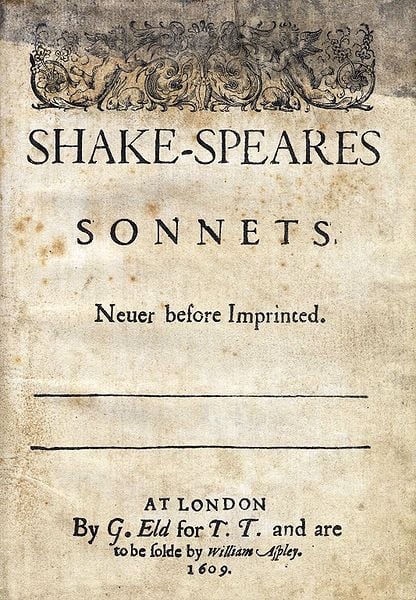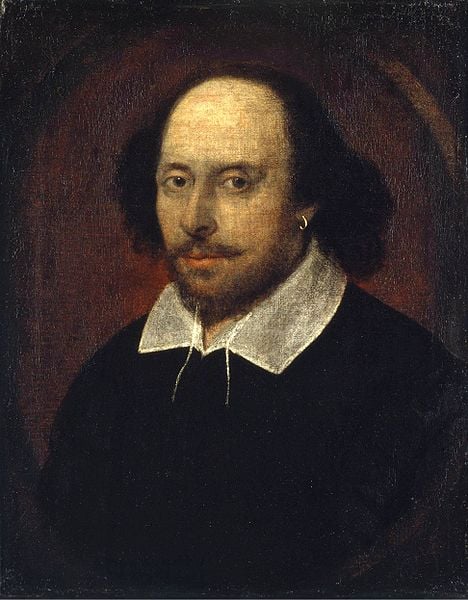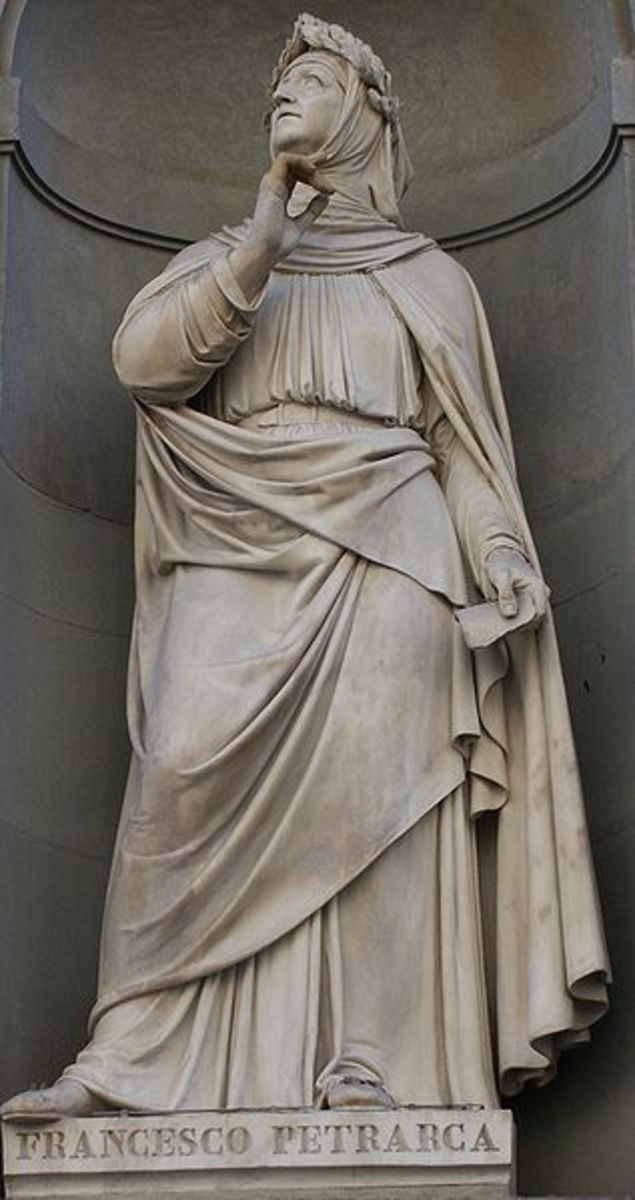Shakespeare's Sonnets


William Shakespeare and his poetry
William Shakespeare, also famously known as The Bard, is famous for the 36 plays he wrote during his lifetime. We quote from his plays for many occasions, and we find many of his plays written in poetry form. Also, quoted as much as his plays are his various sonnets - his poems he wrote, and the sonnet form he invented as a vehicle for his poems. The Shakespearean Sonnetis as well known today as the Petrarchan sonnet and Spenserian sonnet are.
The genius of Shakespeare's writing shines through in his sonnets as much as the writing in his plays. Shakespeare's sonnets tell and show us he was a very complex man. He wrote 154 separate sonnets is all, with various themes. Some of the themes in his sonnets state the passage of time, love, beauty, and mortality. His sonnets were written throughout his lifetime at various times and were all published together in a quarto in 1609. The illustration above shows the title page of the quarto. Besides the 154 sonnets, the quarto ends with "A Lover's Complaint" a narrative poem of 47 seven-line stanzas written in rhyme royal.
Shakespeare constructed his sonnets with three quatrains (four-line stanzas) and a final couplet (2 lines) and each line of the sonnet is composed in iambic pentameter (u`u`u`u`u` - an unstressed and then a stressed syllable following one another in the line.) The Shakespeare Sonnet has the rhyme scheme abab cdcd efef gg. This form has been forever known as the Shakespearean Sonnet. The only exceptions to this form are sonnets number 99, 126, and 145.
Usually the content of the first two quatrains in the sonnet set up the premise or explain to the reader what is going on. Then, the beginning of the third quatrain marks the volta, the turn, or the line in which the mood of the poem shifts and the poet expresses a revelation or epiphany.
The three subjects of the sonnets are Fair Youth, Rival Poet, and Dark Lady.
- Sonnets 1-126 are the Fair Youthsonnets. They are full of romantic, playful and loving language. They are about an unnamed man to whom the sonnets are addressed. Some critics and scholars have read them as a sexual relationship between Shakespeare and the mystery Fair Youth and some have read them as platonic love. The first seventeen poems are known as the procreation sonnets addressed to the young man urging him to mary and have children in order to immortalize his beauty by passing it on to the next generation.
- The Rival Poet sonnets exist within the Fair Youth sequence of sonnets (#1-126). The Rival Poet remains a mystery as to who it is and there is no hard evidence that the character had a real-life counterpart. Shakespeare sees the Rival Poet as competition of fame, coin an patronage.
- Sonnets 127-152 are the Dark Lady sequence of sonnets. These sonnets are overtly sexual in their passion and the poems make clear the Dark Lady has black hair and dusky skin.
The publisher of the Quarto of Shakespeare's Sonnets was Thomas Thorpe, and it is unknown today if he used an authorized or unauthorized manuscript from Shakespeare. The quarto is dedicated to Mr. W.H. but as of today, no one knows who that is. Could he be the Fair Youth? No one knows.
William Shakespeare
Sonnet # 18
There are no official titles for each of Shakespeare's sonnets. They are just numbered 1-154 in Roman numerals in the quarto and are indexed by the first line of each sonnet. Sonnet #18 is the most famous of all the sonnets and the one most read and quoted today:
Shall I compare thee to a summer's day?
Thou art more lovely and more temperate;
Rough winds do shake the darling buds of May,
And summer's lease hath all too short a date;
Sometimes too hot the eye of heaven shines,
And often is his gold complexion dimmed,
And evry fair from fair sometimes declines,
By chance, or nature's changing course untrimmed;
But thy eternal summer shall not fade,
Nor lose possession of that fair thou own'st,
Nor shall death brag thou wander'st in his shade.
When in eternal lines to time thou grow'st,
So long as men can breathe, or eyes see,
So long lives this, and this gives life to thee.
This is one of the Fair Youth sonnets and compares the Fair Youth to a summer's day and states his beauty will not fade even in death. I think, like me, most people are surprised that this sonnet, usually associated with a male/female relationship, is written about a "fair youth." Was Shakespeare homosexual? No one knows for sure. He was married and did have three children, but no one knows exactly what ensued when he left Stratford upon Avon and went to live in London and to start his acting/writing career. Many critics and scholars believe this is a platonic love he is speaking about in this sonnet.
Related links
- William Shakespeare - Words of Wisdom
Words of Wisdom by William Shakespeare from which we all can learn. - Shakespeare Online
In-depth and accurate Shakespeare information, including free play analysis, Shakespeare's biography, essays, answers to common Shakespeare questions, and a Shakespearean glossary. - WILLIAM SHAKESPEARE
Sonnet #116
This is my personal favorite sonnet because it explains what true love is. It is an idealized love and is many times quoted at weddings. Is human love an allegory of divine love?
Let me not to the marriage of true minds
Admit impediments. Love is not love
Which alters when it alteration finds,
Or bends with the remover to remove;
O, no! it is an ever fixed mark,
That looks on tempests and is never shaken;
It is the star to every wandering bark,
Whose worth's unknown, although his height be taken.
Love's not Time's fool, though rosy lips and cheeks
Within his bending sickle's compass come;
Love alters not with his brief hours and weeks,
But, bears it out even to the edge of doom.
If this be error and upon me proved,
I never writ, nor no man ever loved.
True love is not altered nor bends to other distractions. It stands firm and is never shaken during the stormy bad times. True love is like the north star, forever constant. True love also withstands the test of time, stays forever and bears out even the hours and the weeks. And it even withstands when times are tough and doom looms ahead. Does true love really exist? Each couple must decide for themselves.
Again, this sonnet is part of the "Fair Youth" group of sonnets. Is this a romantic love or a platonic love? Many critics and scholars believe it is an idealized, platonic love that Shakespeare writes about, but it is still, many times, read at weddings. I think the words are beautiful and can be thought of as idealized love in any situation.


